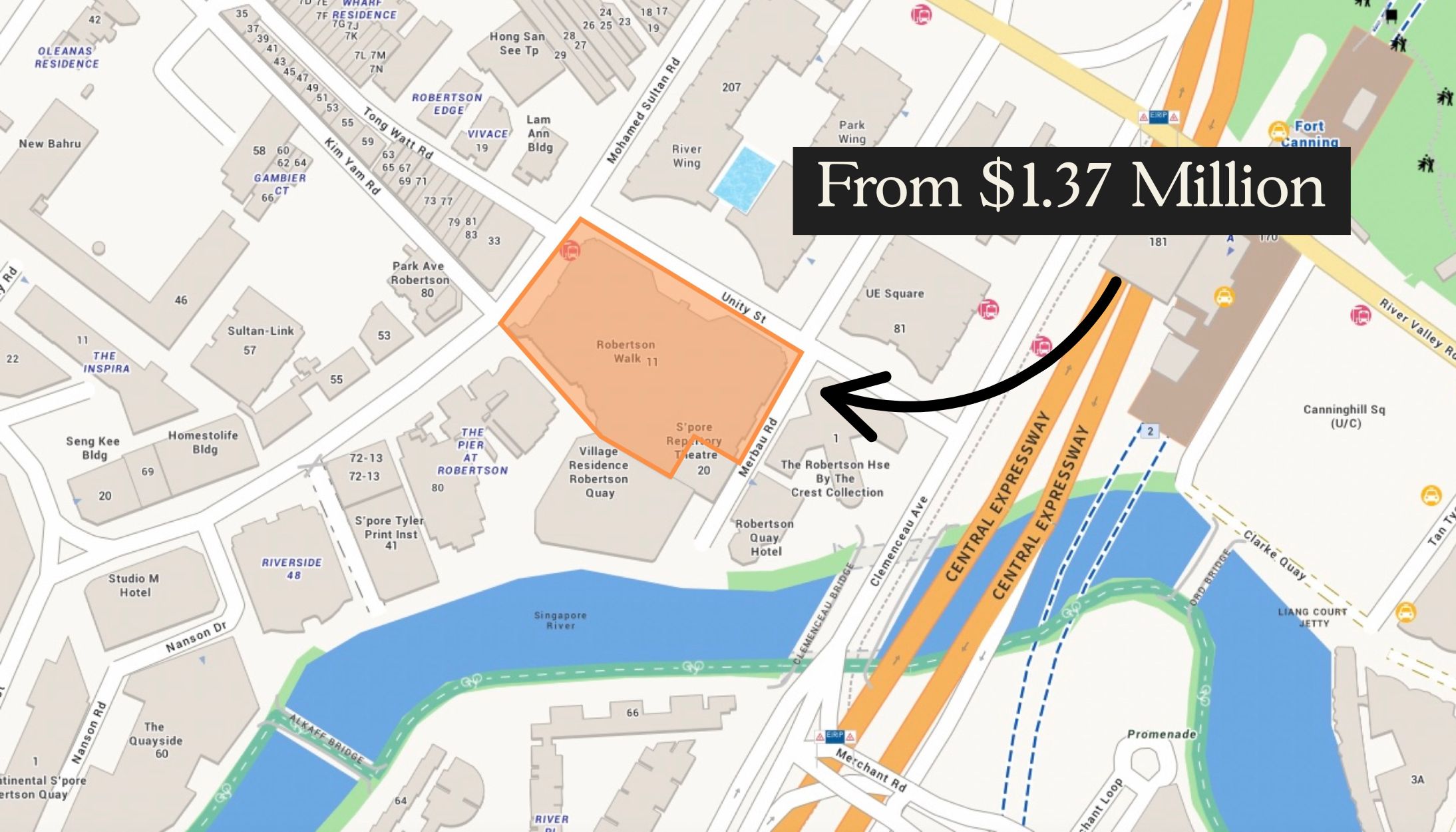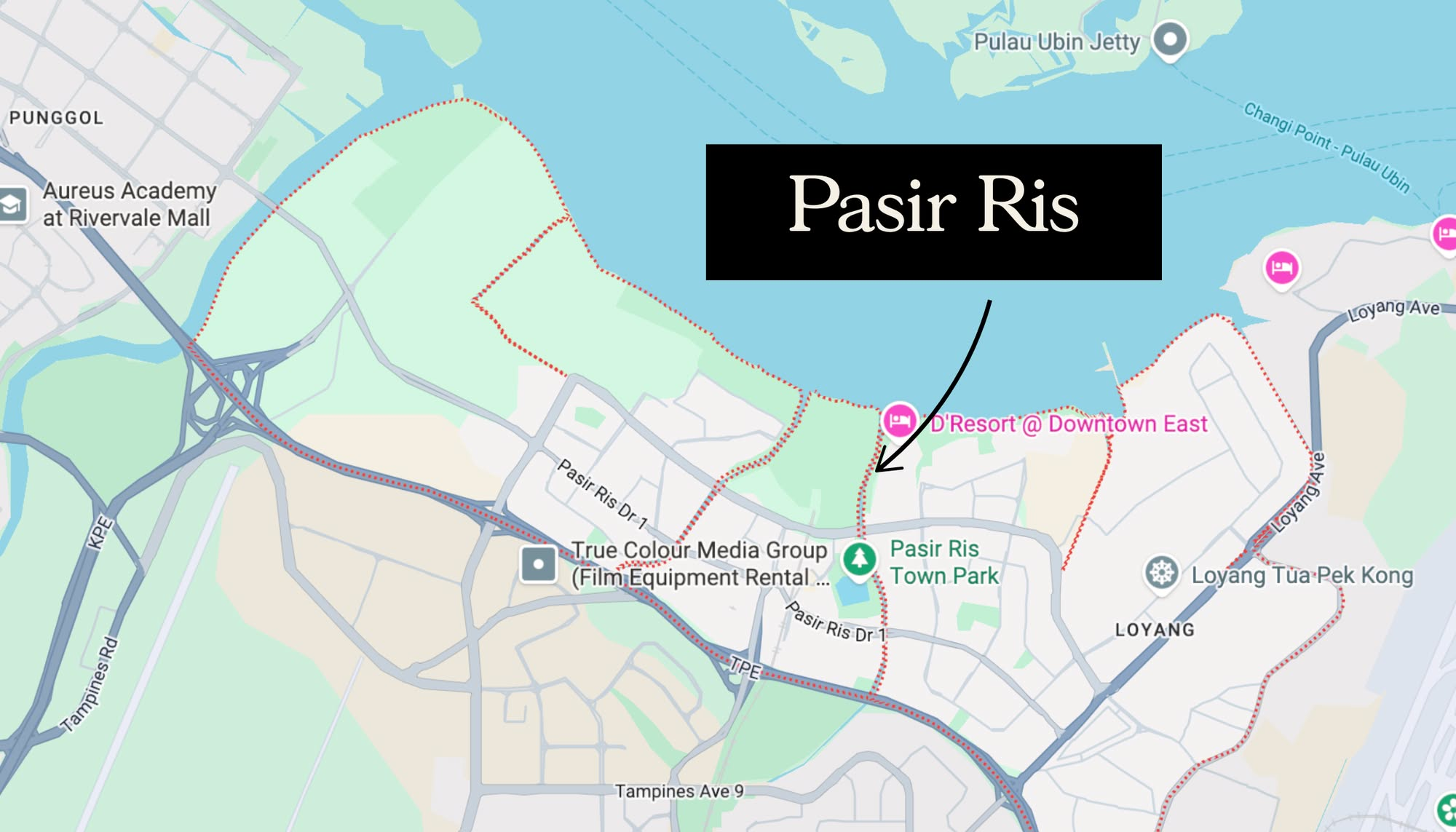How Much Can You Save On Your New Home With Recent Interest Rate Cuts In 2024? We Break It Down

Get The Property Insights Serious Buyers Read First: Join 50,000+ readers who rely on our weekly breakdowns of Singapore’s property market.
A seasoned content strategist with over 17 years in the real estate and financial journalism sectors, Ryan has built a reputation for transforming complex industry jargon into accessible knowledge. With a track record of writing and editing for leading financial platforms and publications, Ryan's expertise has been recognised across various media outlets. His role as a former content editor for 99.co and a co-host for CNA 938's Open House programme underscores his commitment to providing valuable insights into the property market.
We’ve seen significant interest rate cuts among banks, which is good news for homebuyers not using HDB loans. There are also, however, questions about how significant these rate cuts are: if you’re not familiar with home loans, a decrease like a single percentage point might not strike you as meaningful. But there can be a rather significant cumulative effect over time, because of the large sums involved. Here are some examples of how your monthly loan repayments might change:
Note: The following article doesn’t apply to you if you’re using an HDB Concessionary Loan. The HDB loan interest rate is always 0.1 per cent above the prevailing CPF interest rate. This is regardless of current bank interest rates.
How much does a single percentage point matter?
Here, we simulate the difference of a loan package at an annual interest rate of 3.5 per cent, versus 2.5 per cent. This is how much less you could end up paying, based on each property type (and their typical quantum):
| Interest (1st month, 25 year loan tenure) | ||||
| Property Type | Loan Amount | 2.50% | 3.50% | Estimated Difference Per Month |
| 3 Room HDB | $300,000 | $1,346 | $1,502 | -$156 |
| 4 Room HDB | $400,000 | $1,794 | $2,002 | -$208 |
| 5 Room HDB | $500,000 | $2,243 | $2,503 | -$260 |
| Executive HDB | $600,000 | $2,692 | $3,004 | -$312 |
| 1BR | $700,000 | $3,140 | $3,504 | -$364 |
| $800,000 | $3,589 | $4,005 | -$416 | |
| $900,000 | $4,038 | $4,506 | -$468 | |
| $1,000,000 | $4,486 | $5,006 | -$520 | |
| 2BR | $1,100,000 | $4,935 | $5,507 | -$572 |
| $1,200,000 | $5,383 | $6,007 | -$624 | |
| 3BR | $1,300,000 | $5,832 | $6,508 | -$676 |
| $1,400,000 | $6,281 | $7,009 | -$728 | |
| $1,500,000 | $6,729 | $7,509 | -$780 | |
| $1,600,000 | $7,178 | $8,010 | -$832 | |
| $1,700,000 | $7,626 | $8,511 | -$884 | |
| $1,800,000 | $8,075 | $9,011 | -$936 | |
| 4BR | $1,900,000 | $8,524 | $9,512 | -$988 |
| $2,000,000 | $8,972 | $10,012 | -$1,040 | |
| Terrace | $2,500,000 | $11,215 | $12,516 | -$1,300 |
| $3,000,000 | $13,459 | $15,019 | -$1,560 | |
| $3,500,000 | $15,702 | $17,522 | -$1,820 | |
| Semi-Detached | $4,000,000 | $17,945 | $20,025 | -$2,080 |
| $4,500,000 | $20,188 | $22,528 | -$2,340 | |
| $5,000,000 | $22,431 | $25,031 | -$2,600 | |
| $6,000,000 | $26,917 | $30,037 | -$3,120 | |
| $7,000,000 | $31,403 | $35,044 | -$3,640 | |
| Detached | $8,000,000 | $35,889 | $40,050 | -$4,161 |
| $9,000,000 | $40,376 | $45,056 | -$4,681 | |
| $10,000,000 | $44,862 | $50,062 | -$5,201 | |
Do take the long-term view here. A difference of $208 a month for a 4-room flat may not seem like much; but over an extended period, it can have quite the effect. It’s also important to remember about CPF withdrawal limits.
For a private bank loan, the withdrawal limit is up to 120 per cent of the value of your property. The higher the interest rate, the quicker you’ll hit this withdrawal limit. After that, you’ll need to service the home loan in cash.
So a reduction in interest rates doesn’t just mean your home is cheaper: it also prevents you from hitting the withdrawal limit sooner.
Is it all good news for borrowers and buyers?
There are several factors to be aware of still:
1. The lower rates don’t currently help with loan applications
For those who think falling rates will help with the Total Debt Servicing Ratio (TDSR) or Mortgage Servicing Ratio (MSR), we have some bad news.
MSR and TDSR calculations don’t use the actual interest rates of your loan package. They use a floor rate established by MAS, which is currently four per cent per annum, to estimate your monthly loan repayment. For example:
Say you have a loan quantum of $1.25 million for 25 years, and your actual loan interest rate is 2.5%. Your likely monthly repayment will be about $5,600 per month. Using the four per cent floor rate, however, your estimated monthly repayment would be closer to $6,600 per month. It is this higher $6,600 amount that will be used to calculate your debt servicing ratios.
Unless the floor rate changes, financing won’t be any easier now than it was before.
2. Some types of loan packages won’t benefit from this
The most clear example of this is if you have a fixed-interest rate loan. If you took on a 3.7 per cent fixed rate for the next five years then that’s what you’ll pay, regardless of falling rates.
Likewise, there are bank loans with Internal Board Rates (IBR), where the interest is set by the bank. These types of loans tend to be quick to raise rates, but slow to lower them; so unfortunately you’re at the mercy of the bank. You might get lucky and have your rates lowered, but we wouldn’t count on it.
While you can refinance your way out of these loans, you should consult a mortgage broker first. Quite often, the penalties involved don’t make it worth the cost. To break the lock-in period on a fixed-rate loan, for example, will typically cost you 1.5 per cent of the undisbursed loan amount. For example, if you have $1 million outstanding, it would cost you a penalty of $15,000 just to refinance.
On top of this, refinancing can incur further legal fees (about $2,500 to $3,000), and you’ll need to qualify for a loan all over again. That means presenting your income, qualifying under TDSR*, etc.
*Applicable only if you’re not an owner-occupier of the property.
As much as it hurts, you may have to bear with losing out on lower rates, as the penalties would just make it worse.
3. Longer interest rate periods may limit the benefits
Most loans have an interest-rate period, such as one-month SORA (1M SORA) or three-month SORA (3M SORA). This refers to how often the loan rates are revised to match the market; so a 3M rate, for example, would change every quarter.
In general, a longer interest rate period is bad when loan rates are plunging, and vice versa. On a 3M SORA package, for example, you’ll still be paying the interest rates in January when February and March come around. So if the rate fell in those two months, you won’t benefit from it.
Some banks have repricing (not refinancing) options that let you change this though, and you may have one or two free repricings in your loan package. Check the terms and conditions.
Will this result in a surge of people buying properties?
Lower interest rates do make properties more affordable, and we saw this happen in the 2008/9 Global Financial Crisis. At the time, rock-bottom rates caused a massive surge in private home prices, which only ended around five years later.
However, the current situation in 2024 isn’t exactly comparable. Policy changes like higher ABSD rates and debt servicing ratios present obstacles that weren’t there during the prior surge. Property simply isn’t as accessible as it was in the 2000’s.
The other big factor is the volatile state of the US right now. Our interest rates fall because the US Federal Reserve chooses to cut rates; and right now it’s expected that rates could still fall further. The problem is that the Fed also uses interest rates as a tool to control inflation: right now the rates are falling because inflation is cooling. But the upcoming US government administration is promising policies with a lot of inflationary pressure. Depending on how their central bank responds, it’s uncertain if the lower rates will persist.
So overall the news appears good: the lower rates look like a much-needed reprieve for borrowers, whilst cooling measures and US uncertainty dissuade buying sprees. Hopefully, you have a loan package that lets you enjoy these savings while they last.
For more on the Singapore property market and what to expect, follow us on Stacked. If you’d like to get in touch for a more in-depth consultation, you can do so here.
Ryan J
A seasoned content strategist with over 17 years in the real estate and financial journalism sectors, Ryan has built a reputation for transforming complex industry jargon into accessible knowledge. With a track record of writing and editing for leading financial platforms and publications, Ryan's expertise has been recognised across various media outlets. His role as a former content editor for 99.co and a co-host for CNA 938's Open House programme underscores his commitment to providing valuable insights into the property market.Read next from Property Advice

Property Advice We Ranked The Most Important Things To Consider Before Buying A Property In Singapore: This One Came Top

Property Advice Why Punggol Northshore Could Be The Next Hotspot In The HDB Resale Market

Property Advice How Much Is Your Home Really Worth? How Property Valuations Work in Singapore

Property Advice Why I Had Second Thoughts After Buying My Dream Home In Singapore
Latest Posts

Property Market Commentary A First-Time Condo Buyer’s Guide To Evaluating Property Developers In Singapore

New Launch Condo Analysis This Rare 999-Year New Launch Condo Is The Redevelopment Of Robertson Walk. Is Robertson Opus Worth A Look?

Pro We Compared New Vs Resale Condo Prices In District 10—Here’s Why New 2-Bedders Now Cost Over $600K More

Singapore Property News They Paid Rent On Time—And Still Got Evicted. Here’s The Messy Truth About Subletting In Singapore.

New Launch Condo Reviews LyndenWoods Condo Review: 343 Units, 3 Pools, And A Pickleball Court From $1.39m

Landed Home Tours We Tour Affordable Freehold Landed Homes In Balestier From $3.4m (From Jalan Ampas To Boon Teck Road)

Singapore Property News Is Our Housing Policy Secretly Singapore’s Most Effective Birth Control?

Property Market Commentary Why More Young Families Are Moving to Pasir Ris (Hint: It’s Not Just About the New EC)

On The Market A 10,000 Sq Ft Freehold Landed Home In The East Is On The Market For $10.8M: Here’s A Closer Look

On The Market 5 Spacious Old But Freehold Condos Above 2,650 Sqft

Property Investment Insights We Compared New Launch And Resale Condo Prices Across Districts—Here’s Where The Price Gaps Are The Biggest

Pro Similar Layout, Same District—But Over $500K Cheaper? We Compare New Launch Vs Resale Condos In District 5

New Launch Condo Analysis The First New Condo In Science Park After 40 Years: Is LyndenWoods Worth A Look? (Priced From $2,173 Psf)

Editor's Pick Why The Johor-Singapore Economic Zone Isn’t Just “Iskandar 2.0”

Editor's Pick URA’s 2025 Draft Master Plan: 80,000 New Homes Across 10 Estates — Here’s What To Look Out For



TSDR does not apply for refinancing if you are an owner-occupier. This is based on MAS website.
https://www.mas.gov.sg/regulation/explainers/tdsr-for-property-loans/who-tdsr-applies-to